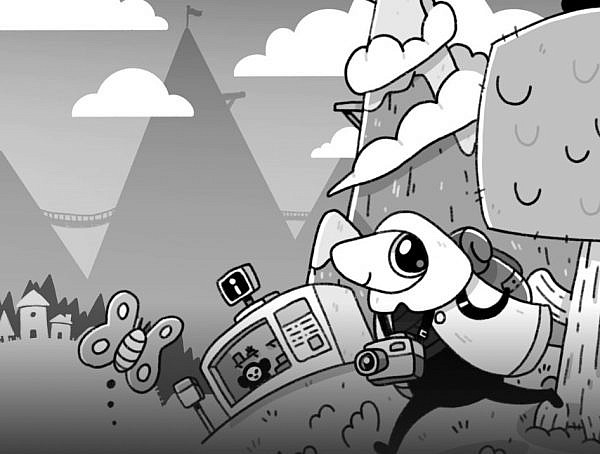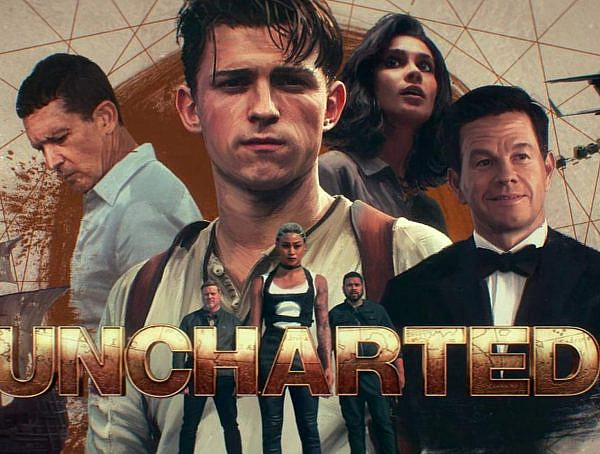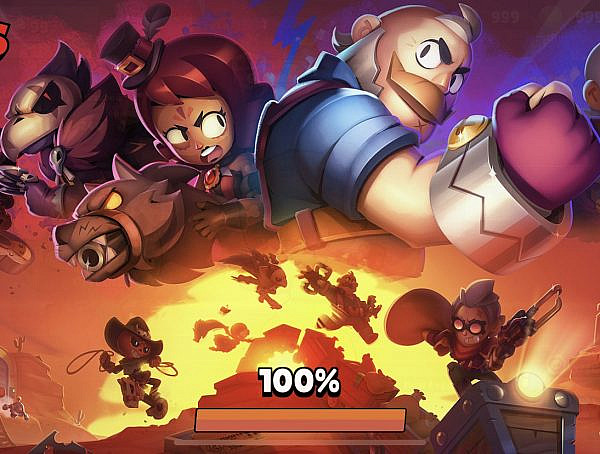In the article “Tabletop Role-Playing Games, the Modern Fantastic, and Analog ‘Realized’ Worlds”, first published in the 2016 “Role Playing Games” special issue of Analog Game Studies, Curtis Carbonell explores the expansive worlds of tabletop role-playing games as ‘realized’ worlds and their position in the discourse of posthumanism.
Carbonell’s definition of the ‘realized’ world springs from the historian Michael Saler’s ‘virtual’ worlds, defined as fictional universes that the fans could engage with beyond the author’s control – via amateur journalism, fan conventions, and so forth. Among the examples given of these ‘virtual’ worlds are J.R.R. Tolkien’s Middle-Earth and the Cthulhu Mythos originated by H.P. Lovecraft. Carbonell’s ‘realized’ worlds take this one step further, as fully realized fantasy spaces that invite engagement beyond passive reading, beyond engagement through conventions or fan fiction, into the construction of virtual spaces that cannot be understood without entering them. ‘Realized’ worlds, Carbonell argues, are a significant new form of cultural production.
Among these ‘realized’ worlds Carbonell discusses the myriad worlds of Dungeons & Dragons that combine to form one vast multiverse, the Warhammer 40,000 setting that sprang first from the wargame Rogue Trader (1987) and spawned lines of novels, role-playing games, and other works, and the immersive story worlds of games such as White Wolf’s World of Darkness, Chaosium’s Call of Cthulhu, and others. They all spring from the common origins of the 1950s wargaming industry colliding with the 1960s Tolkien boom to create the first role-playing games in the 1970s.
Carbonell situates ‘realized’ worlds in the discourse of posthumanism, the mixing of the analog and digital, classically expressed as the cyborg and then reinterpreted by Donna Haraway, whose Cyborg Manifesto (1984) deconstructed the dualism of human vs. machine. Since then, the posthuman discourse has focused on the body, the corporeal. Carbonell’s approach is different, focusing on the space, and thus worldbuilding.
This theory of ‘realized’ worlds is grounded in Gilles Deleuze’s theory of the ‘virtual’, distinct from Saler’s definition. Deleuze’s ‘virtual’ can handle the complexity of ‘realized’ worlds, and its use rejects the naïve idea that the fantastic only works in a text because the world is supposedly knowable in a simple fashion. Indeed, these ‘realized’ worlds multiply day by day as more and more are produced, massive assemblages of both real and imaginary parts. The material and digital objects of a ‘realized’ world form an intensely complex network that can help in understanding the connected communications systems of today as well as the place of the human subject within them.
You might also like
More from Game Research Highlights
How do you want to do this? – A look into the therapeutic uses of role-playing games
Can playing RPGs contribute positively to your wellbeing? A recent study aims to find out how RPGs are being used …
Eldritch horrors and tentacles – Defining what “Lovecraftian” is in games
H.P. Lovecrafts legacy lives today in the shared world of Cthulhu Mythos and its iconic monsters. Prema Arasu defines the …
Are Souls Games the Contemporary Myths?
Dom Ford’s Approaching FromSoftware’s Souls Games as Myth reveals the Souls series as a modern mythology where gods fall, desires …
















